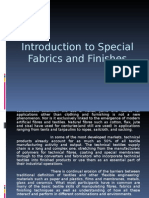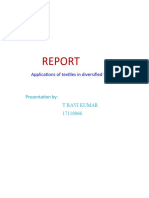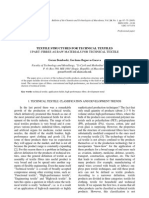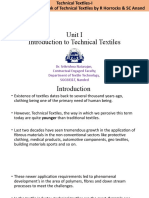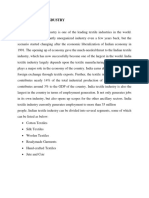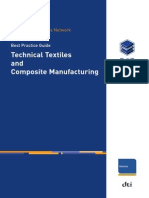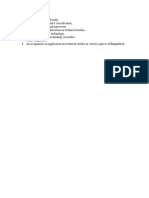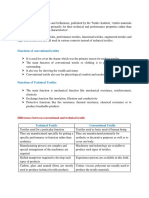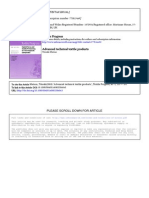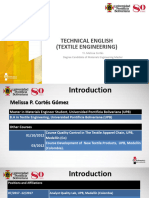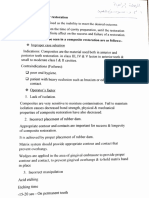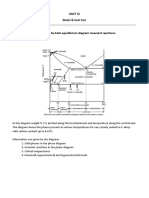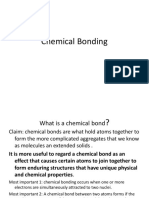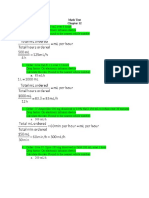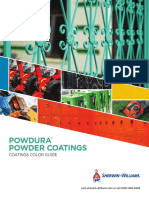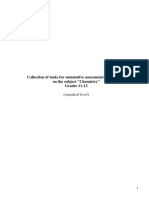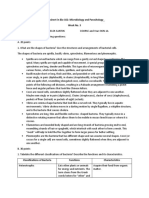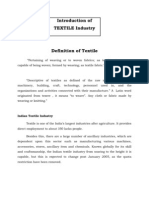0% found this document useful (0 votes)
64 views13 pagesChapter 1-Introduction To Textiles
The document provides a comprehensive overview of textiles, including their definition, importance, and various applications across industries such as food, health, and transportation. It outlines the scope of the textile field, job opportunities ranging from labor to managerial positions, and potential side businesses in the textile sector. Additionally, it emphasizes the significance of textiles in material culture and their role in economic development.
Uploaded by
Rajeshwari ChandrashekarCopyright
© © All Rights Reserved
We take content rights seriously. If you suspect this is your content, claim it here.
Available Formats
Download as DOCX, PDF, TXT or read online on Scribd
0% found this document useful (0 votes)
64 views13 pagesChapter 1-Introduction To Textiles
The document provides a comprehensive overview of textiles, including their definition, importance, and various applications across industries such as food, health, and transportation. It outlines the scope of the textile field, job opportunities ranging from labor to managerial positions, and potential side businesses in the textile sector. Additionally, it emphasizes the significance of textiles in material culture and their role in economic development.
Uploaded by
Rajeshwari ChandrashekarCopyright
© © All Rights Reserved
We take content rights seriously. If you suspect this is your content, claim it here.
Available Formats
Download as DOCX, PDF, TXT or read online on Scribd
/ 13









